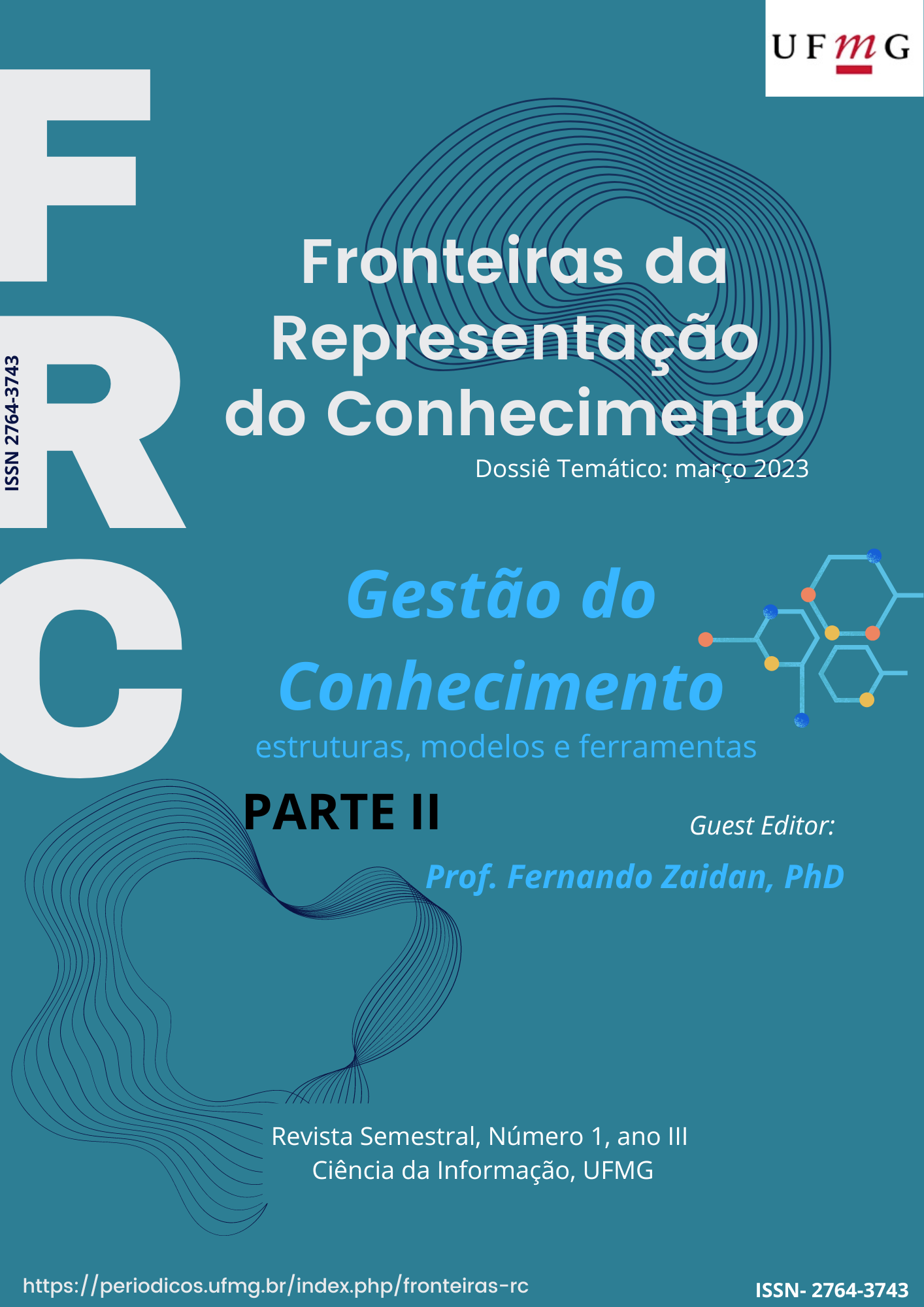Strategic information management model based on literature review
Main Article Content
Abstract
This is a work that presents the results of qualitative research that aimed to propose a model of strategic information management to be used by organizations. The article reports the results of a literature review regarding models and criteria for the strategic information management, having as an unfolding the proposition of its own model. A bibliographic research was carried out to analyze the scientific production on criteria and models used for strategic information management and, after researching articles and other publications, the results indicated the existence of 50 models and 40 most frequently cited criteria. This survey served as the basis for proposing a strategic information management model composed of 8 stages, namely: 1) Identification of needs; 2) Collection; 3) Treatment and analysis; 4) Organization; 5) Storage; 6) Distribution; 7) Use and; 8) Assessment. The model proposed in this study is not defined as something definitive, untouchable. It is a guide, an orientation for those who seek to manage information strategically. The main lesson to be learned is that organizations, regardless of the sector or regime to which they are inserted, can no longer ignore the importance of the process of managing their information.
Article Details
Issue
Section

This work is licensed under a Creative Commons Attribution 4.0 International License.
From: https://creativecommons.org/licenses/by/4.0/
You are free to:
- Share — copy and redistribute the material in any medium or format
- Adapt — remix, transform, and build upon the material
- for any purpose, even commercially.
- The licensor cannot revoke these freedoms as long as you follow the license terms.
Under the following terms:
-
Attribution — You must give appropriate credit, provide a link to the license, and indicate if changes were made. You may do so in any reasonable manner, but not in any way that suggests the licensor endorses you or your use.
- No additional restrictions — You may not apply legal terms or technological measures that legally restrict others from doing anything the license permits.
Notices:
- You do not have to comply with the license for elements of the material in the public domain or where your use is permitted by an applicable exception or limitation.
- No warranties are given. The license may not give you all of the permissions necessary for your intended use. For example, other rights such as publicity, privacy, or moral rights may limit how you use the material.


